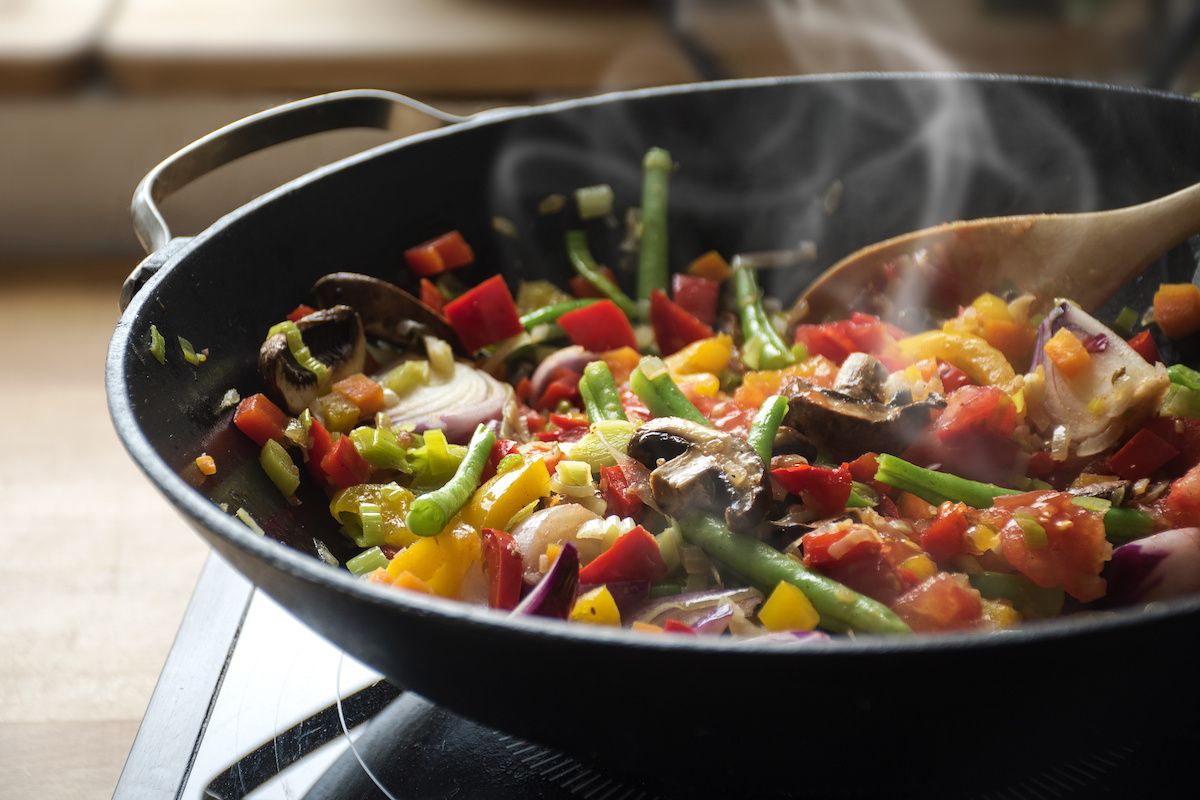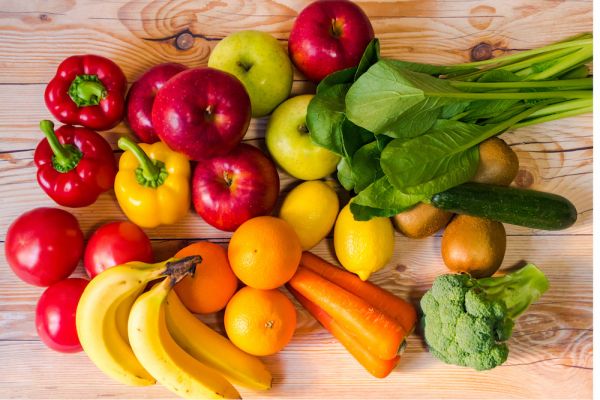According to the American Institute for Cancer Research (AICR), many Americans don’t know that obesity and lifestyle can increase the risk of certain cancers. February is National Cancer Prevention Month, so it’s a great time to take steps to reduce your cancer risk by making healthy changes in your life.
One way to do that is by adopting healthy cooking techniques. There are plenty of ways to cook tasty food without adding unnecessary and unhealthy extras, such as added sugar or saturated fat. Check out these cooking methods, tips and recipes:
- Bake — You can cook seafood, poultry, lean meats and plenty of mixed dishes slowly in dry heat in the oven without adding extra fat, as you would with frying. Because baking doesn’t require added fat or added moisture, it can help retain nutrients. Veggie lasagna with eggplant, zucchini and tomatoes is true comfort food.
- Blanch — This is a great way to cook veggies to preserve the colors, nutrients and texture. Add veggies to boiling water and cook briefly, for about 30 seconds. Take the veggies out and immediately transfer them to ice water to stop the cooking process. It takes just 15 minutes to prepare this spring pea, asparagus and mint salad.
- Braise — Cook food using both dry heat and wet heat. Braising begins with browning food in the oven or on the stovetop and then adding liquid and simmering, covered, on low heat. American Irish stew is the perfect warm-up on a cold day.
- Broil and Grill* — Broiling means cooking directly under a heat source (for example, in your oven), while grilling means cooking directly over a heat source. When broiling meat, set the meat on a rack in a pan so that the extra saturated fat drips away from the food. This is a great option for veggies, fruit and seafood, too! How about a salad with grilled peaches and goat cheese?
- Roast — Cook uncovered in the oven. This is another dry-heat option that adds great flavor to veggies. Just as with broiling, use a rack when roasting meat to let the fat drip away. Try this herb-roasted turkey breast with vegetables.
- Sauté or stir-fry — Cook small pieces of food cut to the same size (great for vegetables, poultry and seafood) in a pan over direct heat, using a small amount of healthy oil, cooking spray, or one to two tablespoons of vegetable stock or water. (Don’t add more than a couple of tablespoons of liquid at a time, or you’ll end up boiling your food.) Anyone for veggie pad thai?
- Steam — Steam vegetables in a basket over simmering water or another liquid. They’ll retain more nutrients, flavor, shape and texture. Or try steamed mussels, which provide good-for-you omega-3 fats and are high in protein.
Try one of these methods the next time you cook at home. You can also look for dishes prepared in these ways when you eat out. You’ll find many newer kitchen appliances out there that can expand your healthy cooking options, including multicookers (Instant Pot®, for example) or air fryers.
Have fun in the kitchen and try some new recipes or cooking methods during National Cancer Prevention Month. Find inspiration in these healthy, delicious recipes from the AICR.
Nutrition and Cancer Prevention
Get even more tips on how a healthy diet can help reduce your risk of certain types of cancer.
Learn More*Note: Cooking meat at high temperatures (such as in broiling or grilling) produces compounds that may increase the risk for cancer. Some evidence suggests that marinating meat before grilling may cut down on this effect. For cancer prevention, it’s best to cook meat at lower temperature and eat grilled meats in moderation. Other tips to reduce the cancer-causing compounds include removing any charred edges from meats, flipping meats often so that one side isn’t sitting on the flames, and cleaning the grill after cooking to get rid of any charred pieces stuck to the cooking surface.



